The role of bystanders during a crisis: An impediment or asset to rescue efforts?

You know how that old expression goes "Nero fiddled while Rome burned"? We may not be a disgraced emperor of a historical city who watched as his city burned. But we are guilty of something much worse.
Us Bangladeshis are notorious for our ability to crowd a place in a matter of seconds the moment we smell some drama. If you have roamed the ever-chaotic streets of this city, you must have come across moments like this too. Traffic is at a standstill; two or more drivers have brought their cars to a halting screech and a verbal argument constantly threatening to become a physical fight is going on in full throttle with a passionate crowd refereeing the argument.
The above scene may not actually put lives at risk but our meddlesome nature can make an already bad situation worse.
As Bangladesh's iconic clothing market Bangabazar burned, thousands of onlookers crowded the scene. They took photographs, some for professional reasons but many more are guilty of taking selfies with the burning market as a spectacle, a background to their curated image for social media.
While some lost everything to the fire, many others stood there viewing these moments to satiate what can be best described as their morbid curiosity.
Everything burnt to ashes and yet all we managed to do was watch and get in the way of those who were actually trying to help.
It took firefighters over six hours to bring the blaze at Bangabazar under control and Brig Gen Md Main Uddin, director general of Fire Service and Civil Defence, said the "enthusiastic crowd was the main obstruction in controlling the fire." Police, too, found it difficult to manage the crowd. People went on Facebook live, took photographs and jostled around like paparazzi to get a shot of the star—in this case an inferno. The same situation unfolded in the Gulshan fire incident just a month back where DNCC Mayor Atiqul said the overwhelming crowd of onlookers hampered the efforts of fire service.
Just one bystander can cause enough distraction to move the focus from the real situation on hand—which is to stabilise the emergency situation and save lives. So, who is responsible? In the case of Bangladesh, we know we cannot avoid the prying eyes of bystanders, no matter what the crisis—a small fight on the streets or an inferno razing down one of the largest clothing markets in the country. Major (retd) AKM Shakil Newaz, who served as the director of Fire Service and Civil Defence headquarters from 2013 to 2019 in an interview with Samakal said "Police and Rab are responsible for controlling the crowd. If needed BGB and armed forces can assist them. It is the responsibility of law enforcing agencies to create conditions so that fire service officials can discharge their duties." He also noted that those who behaved poorly with law enforcers need to be identified as well.
Adding to that, Fire Service and Civil Defence needs to be bolstered with a team of volunteers—who are trained in managing bystanders and explaining to them why their presence may hamper operations. This volunteer team, should be on stand-by and be able to respond on short notice when an emergency strikes. Dhaka Medical College Hospital has a Rapid Response Team with doctors, nurses and ward boys to respond to emergency situations. Why can't we think of something like this for the Fire Service department—a team with police officials, fire service officials and volunteers to manage the crowd and streamline any help that bystanders do provide. In fact, FSCD has been training urban community volunteers with the help of the Comprehensive Disaster Management Programme since 2011. The training is a free course which includes lectures, drills and exercises on search and rescue, first aid, fire safety and equipment handling. Now, all that is needed is to create teams that will provide rapid response in case of bigger incidents to assist the core firefighting teams.
Adding to that, bystanders too have a crucial role to play here --that is not just limited to social media videos and live commentary. It is simply insensitive to be taking selfies and making personal live vlogs while someone else is out there losing their loved one or their last source of income. As bystanders, we need to take some responsibility. According to an academic article that analyses the role of bystanders in emergency situations "Bystanders are persons at the scene of an event who voluntarily step forward to help, and their early assistance may reduce morbidity and mortality. And as bystanders more often than not outnumber professional rescuers, their involvement could help in strengthening response to emergencies."
To ensure our bystanders do not become impediments to rescue efforts and rather bolster them, we need to have better understanding of emergency situations especially in urban areas where the crowd can be overwhelming. More fire drills in schools, workplaces and homes and dedicated volunteer teams attached to all fire service stations to manage onlookers could be the first step in that direction. Bystanders can be helpful. We have seen that in the case of Rana Plaza where volunteers worked day and night to rescue those trapped under the rubble.


 For all latest news, follow The Daily Star's Google News channel.
For all latest news, follow The Daily Star's Google News channel. 
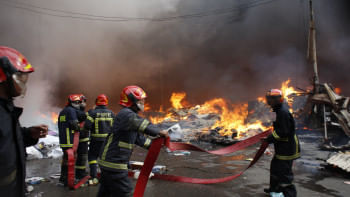
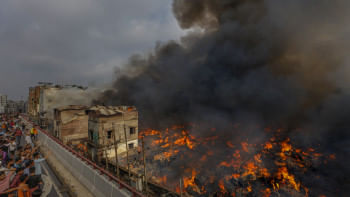


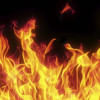
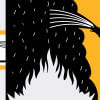
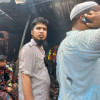
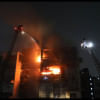
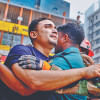


Comments